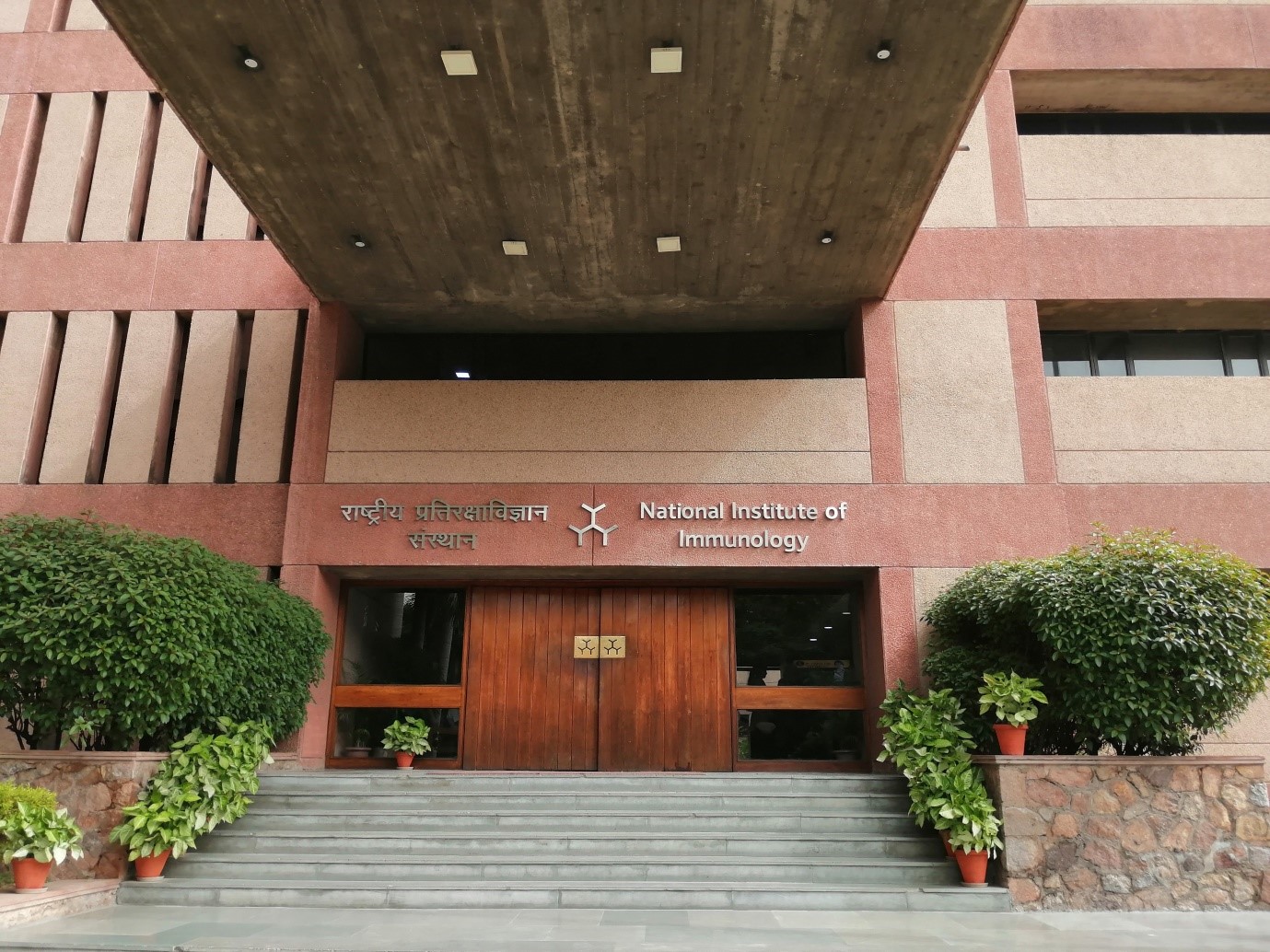
Treatment of mitochondrial disorders gets major boost with new findings
Efforts to find a treatment for mitochondrial disorders is all set to get a major boost with a team of researchers at the Department of Biotechnology’s National Institute of Immunology (DBT-NII) figuring out a way to tackle autosomal dominant progressive external ophthalmoplegia (adPEO), which is a widely prevalent mitochondrial disorder.

Efforts to find a treatment for mitochondrial disorders is all set to get a major boost with a team of researchers at the Department of Biotechnology’s National Institute of Immunology (DBT-NII) figuring out a way to tackle autosomal dominant progressive external ophthalmoplegia (adPEO), which is a widely prevalent mitochondrial disorder.
Mitochondrial genetic disorders refer to a group of conditions that affect the mitochondria, the structures in the body cells that are responsible for making energy. People with these conditions can be of any age with almost any affected body system. However, the brain, muscles, heart, liver, nerves, eyes, ears and kidneys are the organs and tissues most commonly affected. Symptom severity can also vary widely.
Also read: Researchers discover universal phenomenon that may help connect dissimilar fields
Mitochondrial genetic disorders can be caused by changes (mutations) in either the mitochondrial DNA or nuclear DNA leading to dysfunction of the mitochondria and inadequate production of energy. Those caused by mutations in mitochondrial DNA are transmitted by maternal inheritance, while those triggered by mutations in nuclear DNA may follow an autosomal dominant, autosomal recessive or X-linked pattern of inheritance. Treatment varies based on the specific type of condition and the signs and symptoms present in each person.
In the new study, the NII researchers focused on autosomal dominant progressive external ophthalmoplegia (adPEO) since it is one of the most common mitochondrial disorders. The disorder occurs when there is a problem in the replication and removal of mismatches in the mitochondrial DNA. In healthy mitochondria, a protein called Polymerase Gamma carries out these two vital functions. It consists of a single catalytic subunit, Polymerase GammaA, which complexes with two identical sub-units of the accessory factor, Polymerase GammaB. Polymerase Gamma has to move inside the mitochondria to do its work.
So far, the dogma was that the transport into mitochondria was determined by a peptide called Mitochondrial Localization Signal (MLS). The new study has extended the present knowledge. The researchers have found that along with MLS, a process called ubiquitylation, also decides whether Polymerase Gamma A will optimally enter the mitochondria. The study zeroed in on another protein too called MITOL, which is present on the outer membrane of the mitochondria, and responsible for the ubiquitylation of Polymerase GammaA. The team determined the site on the Polymerase GammaA that gets ubiquitylated by MITOL as well.
Also read: Hyderabad researchers develop new technique to boost rice production
On further study, the researchers found that Polymerase GammaA in 50% of the tested adPEO patients was highly ubiquitylated. However it was possible to reverse the process of ubiquitylation either by removing MITOL itself or by genetically modifying in adPEO patients the site Polymerase GammaA that gets highly ubiquitylated by MITOL. Speaking to India Science Wire, the team leader, Dr Sagar Sengupta said, “It will be interesting to test in future whether the reactivation of Polymerase Gamma A can actually be carried out in the patients using mitochondrial genome editing techniques.”
The research findings have been published in the journal PLoS Biology. The research team includes Mansoor Hussain, Aftab Mohammed, Shabnam Saifi, Aamir Khan, Ekjot Kaur, Swati, Priya and Himanshi Agarwal, besides Dr Sengupta.


